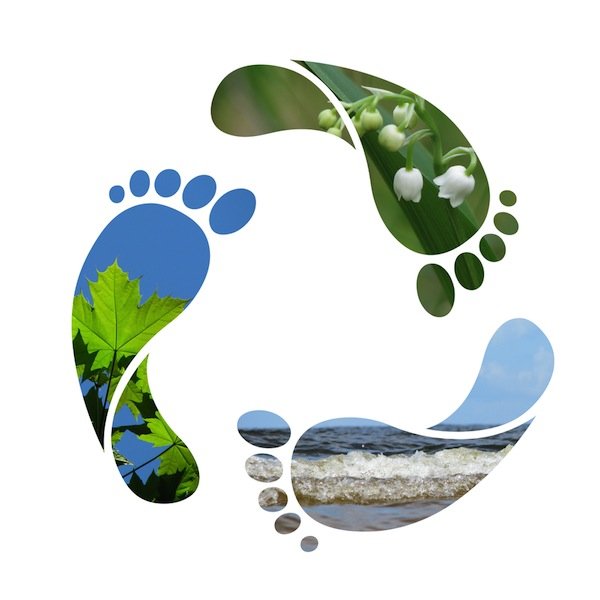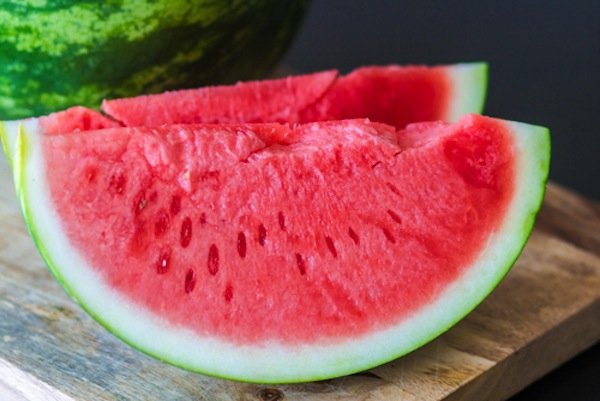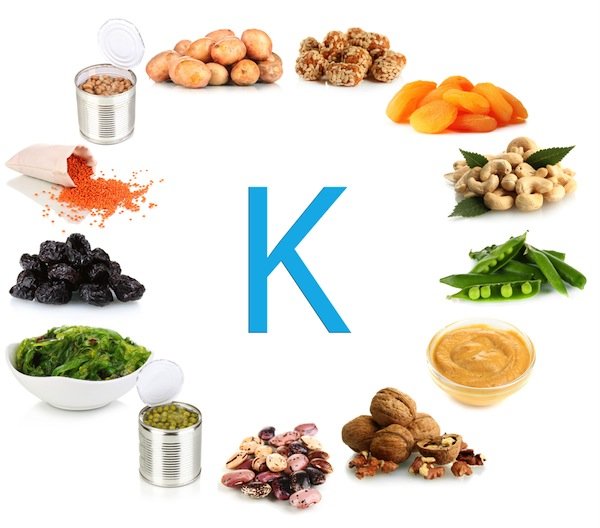The length of Your Water Footprint?


.playerTop
top: 74px !important;
By Magda Mis
Source News Feed: Environmental Online Report
Thomson Reuters Foundation
If you recently purchased a pair of jeans or ate a burger for dinner, as well as an excellent cup of coffee, you almost certainly didn’t link the touch of cotton or aroma of the food towards the quantity of water that was useful to produce them.
It could be wise decision to get started on thinking about it.
There might be more with a coffee merely the 125 ml water poured right cafetiere: a great 140 litres water must grow the coffee beans for one cup. Creating one hamburger requires 17 times more: 2,400 litres.
Just 1 kg of cotton (think two jeans) requires 10,000 litres water for growing cotton, dying and washing.
That’s why our water footprint – the outcome our activities has on water resources C matters. Our decisions of what we consume affect water resources in places the place that the backpacks are made.
And most of them, like world’s top cotton producers China and India, or coffee growers like Colombia, may be experiencing water problems.
According to Ruth Mathews, director on the Water Footprint Network, which promotes sustainability and efficiency of water use, the time is right not only for for big companies – most of which previously started calculating their water footprints – moreover visitors keep in mind the results of these consumption.
“Once we always improve our quality of life the level of solutions that we consume, a great number of shall be to control water scarcity,” Mathews told Thomson Reuters Foundation in the phone interview with the Netherlands.
An average person in britain uses around 150 litres water everyday, a figure that rises to over 4,500 litres a day, when many of the “hidden water” is calculated. However, almost 750 million people worldwide lack entry to water that is clean in any way.
“No person might be a vegetarian, but the truth is will make considerations whether you consume meat 1 day less weekly. Or is there a need for me to acquire 20 cotton T-shirts or may i get away with 10 or five?” Mathews said.
Changes in this decision-making, she argues, can assist other folks gain access to water that is clean.
“Even companies would possibly not understand specifically where their cotton got their start in for that products which they\’re selling,” said Mathews.
Therefore it’s important, she said, to develop the material with regards to the require for transparency within the global supply chain to companies and governments.
“When we keep going the road of overusing our water resources it’s will be progressively more difficult for us so that you can fairly support our individuals together with the services and goods that individuals don\’t need to simply for basic needs however for high quality of life.
“What an individual can achieve is glance at the consumer choices and find out when they can make different choices which will have smaller water footprint. Just not a smaller water footprint, but also for a far more sustainable one.”
(Thomson Reuters Foundation, the charitable arm of Thomson Reuters, covers underreported humanitarian, human rights, corruption and global warming issues. Visit www.trust.org)










